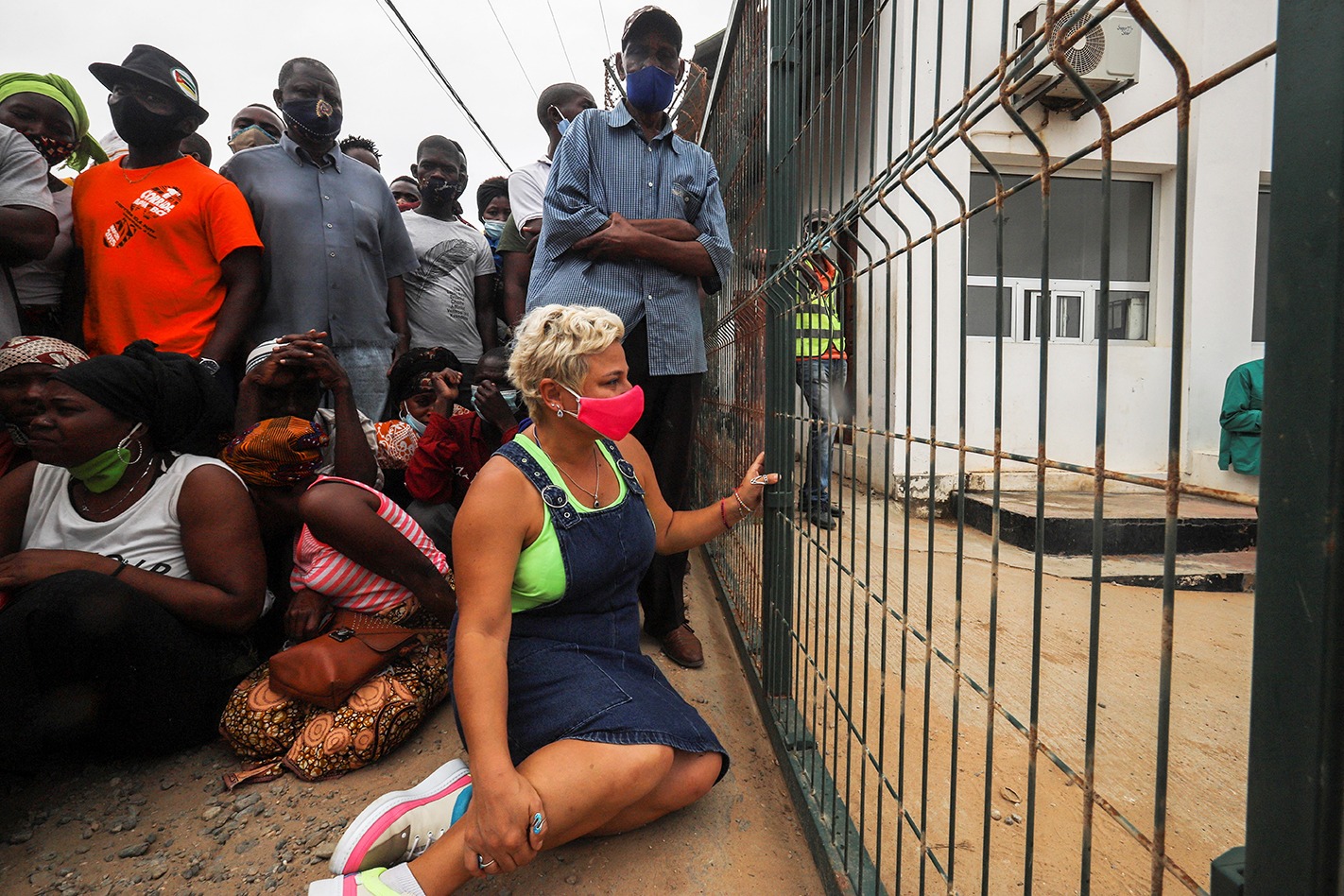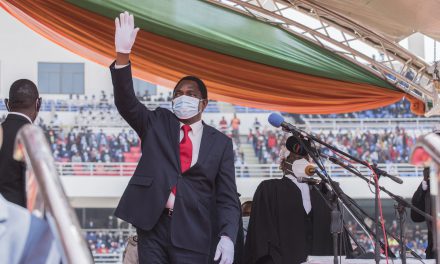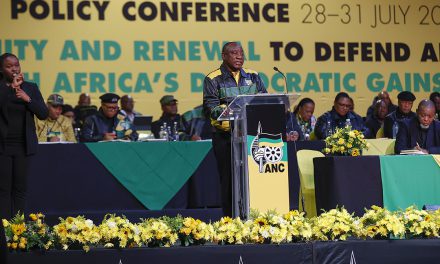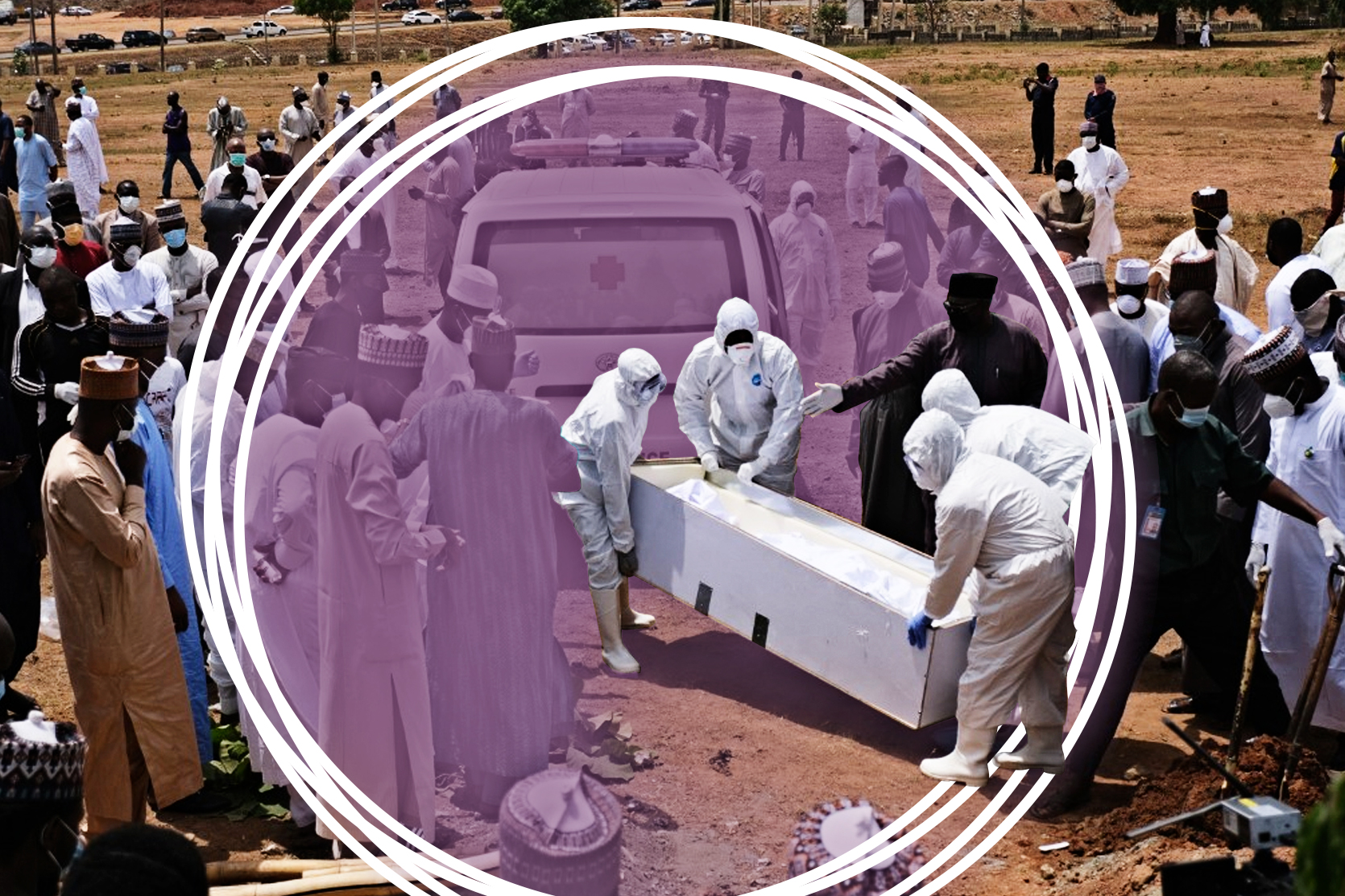Has Zimbabwe changed SADC’s messaging approach?
It has been two weeks since the Southern African Development Community (SADC) Extraordinary Double Troika Summit was held in Maputo, Mozambique, on 8 April 2021. The meeting “directed an immediate SADC Organ technical deployment to the Republic of Mozambique”. The technical deployment team is expected to report back to an Extraordinary Meeting of the Ministerial Committee of the Organ by 28 April 2021, who in turn will report to the Extraordinary Organ Troika Summit to be held in Mozambique on 29 April 2021.
All this may seem fairly straightforward, but as has been the norm, SADC has again failed to share details of the exact purpose and composition of the technical team deployed. What has been shared is they have “affirmed that such heinous attacks cannot be allowed to continue without a proportionate regional response”.

As has become the norm, one has to read between the lines of the communique issued at the conclusion of such “close-door” meetings. As most analysts and political commentators know, the value of a communique is that it allows a slight peek into the meeting room. As it is only a slight peek into the deliberations, we are left to assume and draw our own conclusions as to the discussions that led to specific decisions being adopted. At best, the communique corroborates certain public opinions, without much real evidence. This practice often leads to undue speculation, resulting in many unsubstantiated claims being made by experts with no direct access to the “closed-door” meeting. The SADC leaders and the Secretariat should be cautious, as this practice of only providing a slight peek into the decisions adopted more often tends to drive a wedge between them and their citizenry. This is exacerbated by the many unsubstantiated speculative claims presented by various experts with no SADC mechanism in place to offer verification and clarification leading to undue confusion and growing mistrust.

A woman sits on the floor while waiting for her son to arrive in Pemba on April 1, 2021, from the boat of evacuees from the coasts of Palma. – More than a thousand people evacuated from the shores of the town of Palma arrived at the sea port of Pemba after insurgents attacked Palma on March 24, 2021. Photo: Alfredo Zuniga/AFP
When reading recent statements by the SADC Chair of the Organ, President Mokgweetsi Masisi of Botswana or President Emmerson Mnangagwa, it is clear that there appears to be a change in the regional leaders’ diplomatic tone and language with regards to the insurgency in northern Mozambique. As I have claimed before, this change in language can be traced back to the 27 November 2020 Extraordinary Organ Troika Summit communique. Previously, the language used in earlier communiques tended to be more measured and expressed with a more diplomatic tone. However, this older approach seems to have lost momentum. As expressed in the 27 November 2020 communique, the heads of state again “directed an immediate SADC Organ technical deployment to the Republic of Mozambique”, calling for immediate action as opposed to leaving it up to the prerogative of Mozambique to consider the next step. This change in language could be sterner diplomatic speech from the regional leaders, expressing their frustration at the lack of action to remedy the situation and are not prepared to continuing waiting on Mozambique to lead the effort in finding a lasting solution to the insurgency.
An interesting development that took place immediately after the 8 April Extraordinary Double Troika Summit was the curious and unexpected utterances from President Mnangagwa. He tweeted about the outcome of the meeting even before SADC had released their communique. This behaviour can be considered out of the norm as decisions are rarely, if ever, openly discussed by any SADC leader at least not before the release of the communique. He then went further and stated in an interview that:
“First, we had the Troika itself, which sat and adopted the recommendations of the Ministers of Defence and Security which, in the main, included the need to have SADC take responsibility in dealing with the threat in Cabo Delgado, in the sense that SADC, through its Force Intervention Brigade — our SADC force — should be resuscitated and capacitated immediately so that it can intervene … Later on we had the Double Troika, which then brings on board the outgoing chair, Tanzania, and the incoming chair, Malawi. The Troika submitted its report to the Double Troika, and the Double Troika endorsed the decisions of the Troika. Yes, what is happening now is that the defence and security chiefs have the responsibility of implementing the decisions of the Double Troika.”
President Mnangagwa’s declaration is remarkable in that it may be the first time the public has been granted more than a slight peek into the inner workings and decision making processes of closed door SADC meetings. He revealed in more detail than the communique the approach SADC leaders considered in formulating a regional response to the insurgency. It sheds more light on what “a proportionate regional response” may look like in addressing the insurgency threat in northern Mozambique.
From my SADC meeting today with @CyrilRamaphosa, @OfficialMasisi and HE Filipe Nyusi there was only one goal:
To find a solution to the security crisis in Mozambique for the protection of our region.
We will act urgently to ensure peace for the benefit of all our peoples. pic.twitter.com/kZV7LINN9a
— President of Zimbabwe (@edmnangagwa) April 8, 2021
I am in Maputo, ??Mozambique with other SADC leaders for the Extra-Ordinary Troika Summit and the Extra-Ordinary Double Troika Summit plus Mozambique.
We are united as leaders to ensure that our region enjoys peace and stability. pic.twitter.com/vqp4Gnbq7O
— Dr. Mokgweetsi E.K Masisi (@OfficialMasisi) April 8, 2021
The FIB was first conceived as an arm of the United Nations Organisation Stabilisation Mission in the DRC (MONUSCO) and is composed of troops from South Africa, Tanzania and Malawi. During the November Extraordinary Organ Troika Summit, SADC “accepted the proposal by the United Nations to realign the current Force Intervention Brigade (FIB) troops strength to create the headroom for the Quick Reaction Forces (QRFs), and generate two QRFs from the SADC Troops Contributing Countries”. Therefore, one can assume a deployment of this nature may be on the table for discussion during the Extraordinary Organ Troika Summit on 29 April 2021.
Going forward, President Mnangagwa’s revelations, may have provided analysts and political commentators with a source of information, which in turn may curb the tendency to publish wild unsubstantiated speculative opinions pieces which do not bode well for building trust. Whether his actions were deliberate or not, the consequence of it are positive as it may go some way in decreasing the trust deficit between SADC and its citizens. Inadvertently, his utterances may also have shed new light on the ability of our SADC leaders to formulate well thought out regional responses to curb the insecurity. The main regional implication of non-action is the very real threat that the insurgency may expand and gain a foothold in neighbouring states. Having shared SADC’s response plans at hand, it may be something the SADC Secretariat should learn from and to adopt an approach of sharing more in their communication with the public. As SADC citizens we can breathe a sigh of relief knowing that our regional leaders are indeed formulating and will soon to be implementing a proportionate regional response to the insurgency in northern Mozambique. We can only hope the Extraordinary Organ Troika Summit on 29 April 2021 will provide us with more information than simply a slight peek.
Craig Moffat, PhD is the Head of Programme: Governance Delivery and Impact for Good Governance Africa. He has more than 17 years of practical experience working for government institutions and multilateral organisations. He was previously employed by the South African Foreign Service, where he worked extensively at identifying and analysing security threats towards South Africa as well as the southern Africa region. Previously, he was the political advisor for the Pretoria Regional Delegation of the International Committee of the Red Cross. He holds a PhD in Political Science from Stellenbosch University.







